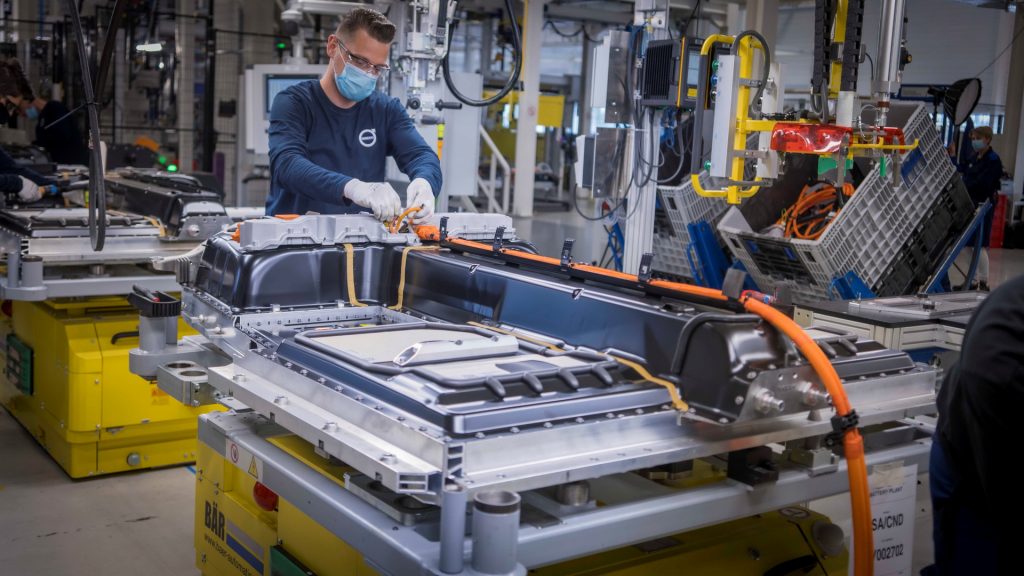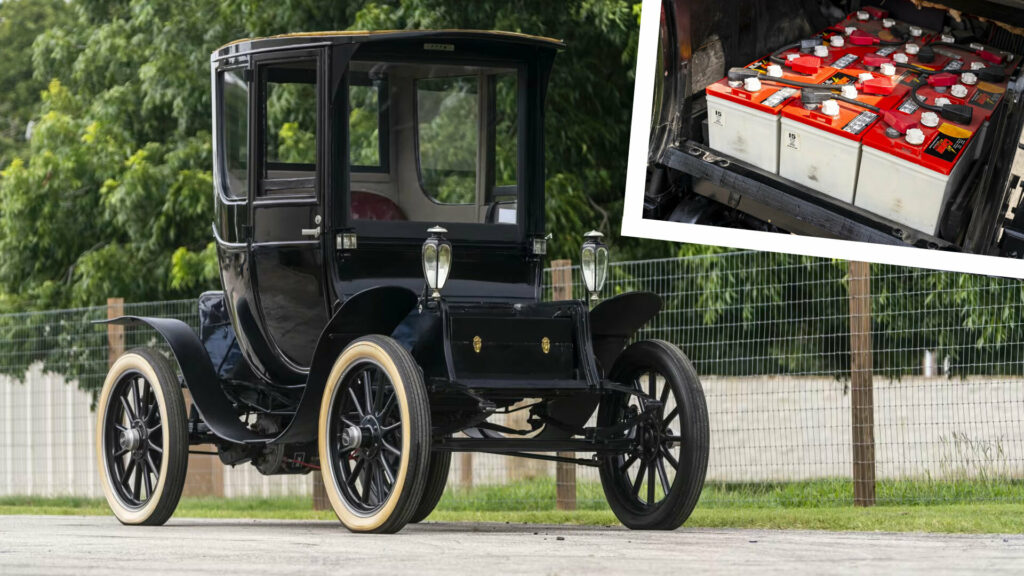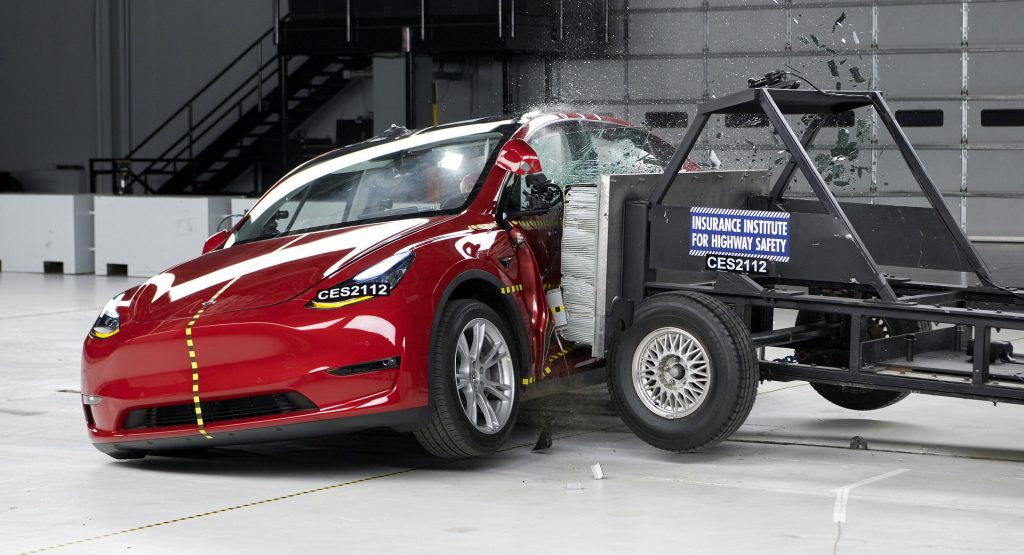The cost of new car repairs has been steadily rising over the years. Increased complexity, new components, and a trend towards non-repairable energy-dissipating elements mean that if you’re in a prang in a new car, you’re likely going to have to pay more than ever to get it back to showroom condition.
Predictably, the rise in average repair costs – an increase of 36 percent since 2018 – is having a knock-on effect on insurance premiums. According to Mitchell, a company that tabulates data from insurance and auto repair, insurance rates are up by 17 percent in the last 12 months through May.
“The modern digital architecture is so advanced that systems beyond point of impact are being disrupted,” said Ryan Mandell, director of claims performance for Mitchell, speaking to The New York Times. “Getting a car back to pre-loss condition is harder than at any point in history and will only become more challenging.”
Read Also: Insurers Are Totaling EVs For Minor Battery Issues, And That’s A Problem For Everyone
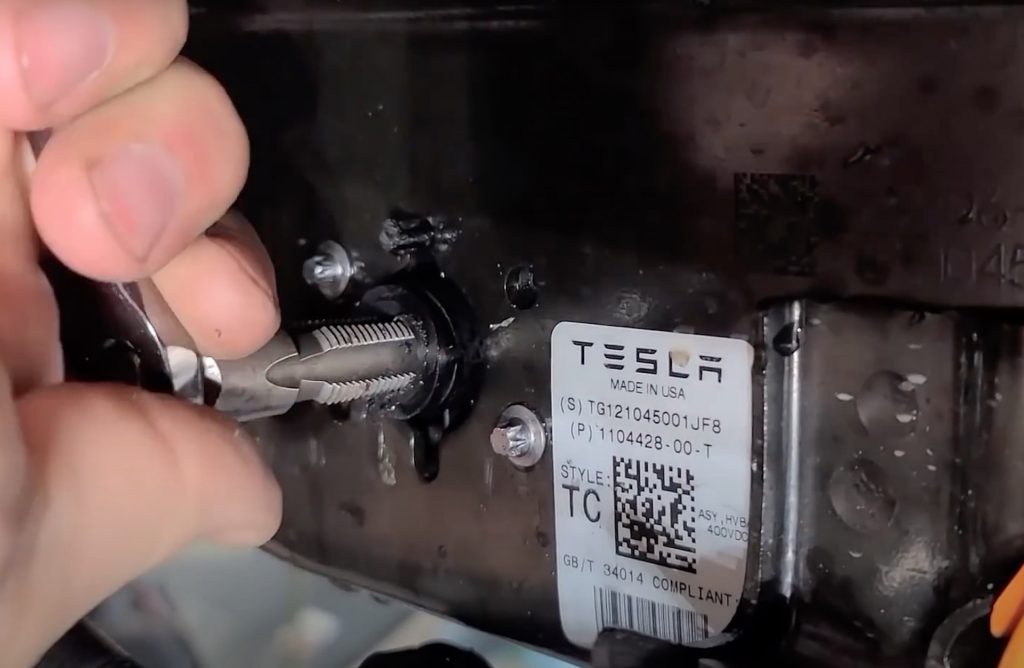
But despite various incidents highlighting the sometimes excessive repair quotes for EVs, such as when a rear-ended Rivian R1T was given a $42,000 repair estimate, the data could tell a different story. In fact, while the average repair costs of an EV following an accident are indeed higher, they’re not markedly so over their ICE counterparts.
At first glance, Mitchell’s results show that EVs cost $2,400 more, on average, to fix than combustion vehicles after an accident. However, 75 percent of electric cars that are involved in accidents are classed as luxury models which are between $40,000 and $110,000 when new. Fixing a more mainstream EV – such as those from Nissan – costs only $800 more than its ICE equivalent, while premium segment vehicles are roughly equal in their repair costs.
Related: Tesla Owner’s $23K Rear End Collision Bill Shows EV Repairs Can Be Shockingly High
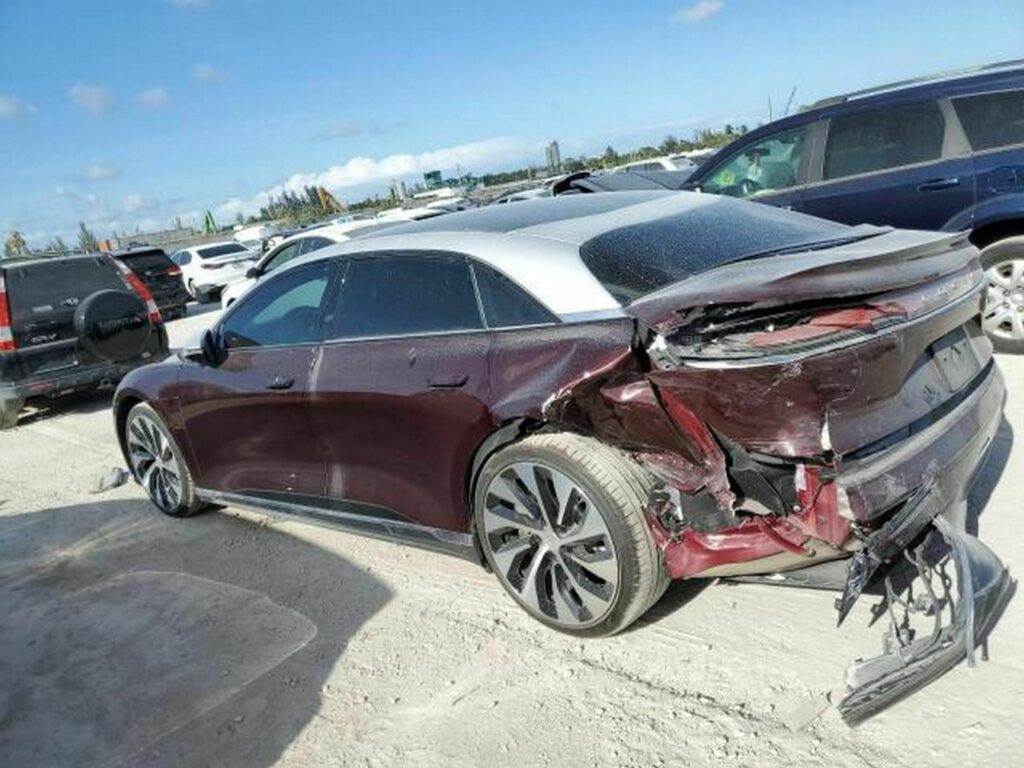
There are other factors at play too. According to the data, 18 percent of combustion vehicles involved in crashes have to be written off, while only 6 percent of EVs are totaled. Meanwhile, according to evidence from the Highway Loss Data Institute, for models that are available in both electric and ICE variants, such as the Hyundai Kona and the Volvo XC40, the EVs are just 2 percent more expensive to fix.
Although a damaged battery pack is still going to jack repair costs up, automakers are working on ways to minimize the financial burden of such replacement. BMW‘s EVs allow for the modular replacement of battery elements that are identified thanks to crash sensors. GM is developing a similar method to allow dealerships to replace individual battery modules, and the Ford Mustang Mach-E can swap over all components into a new battery tray.
